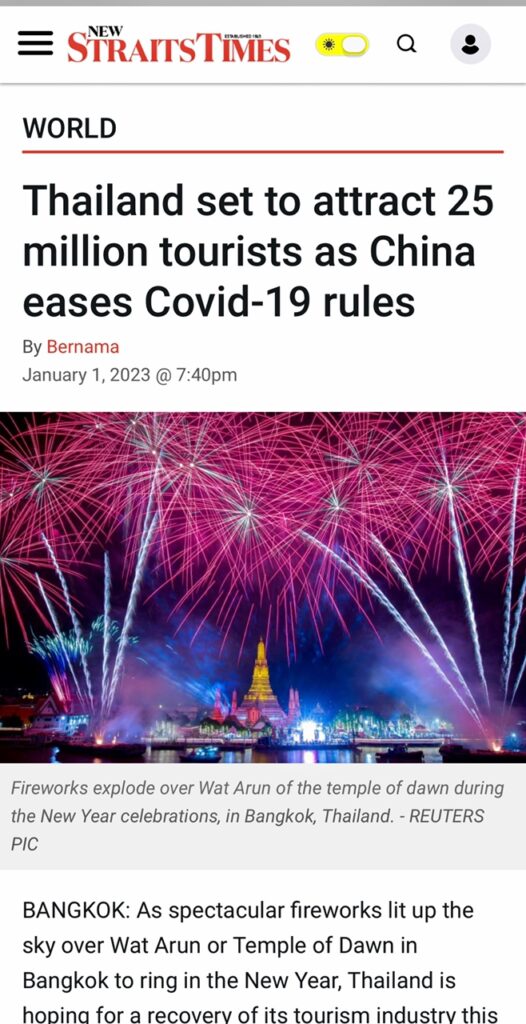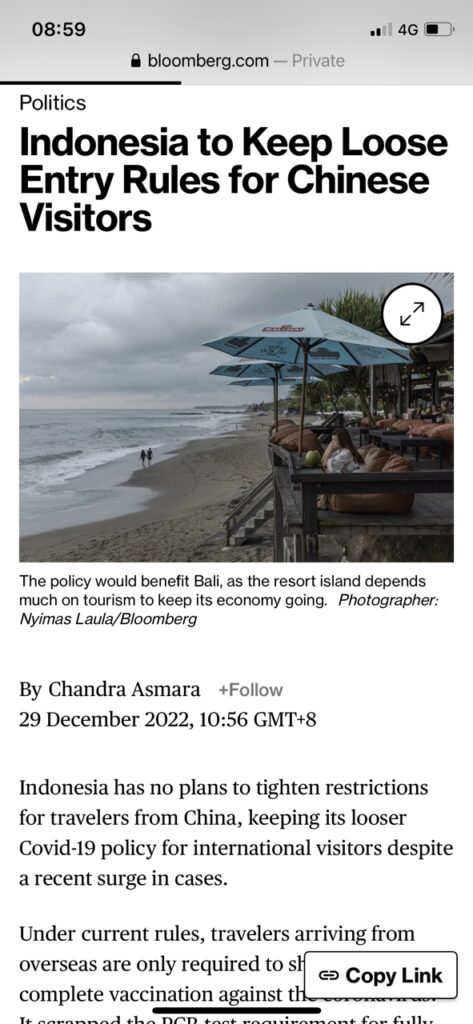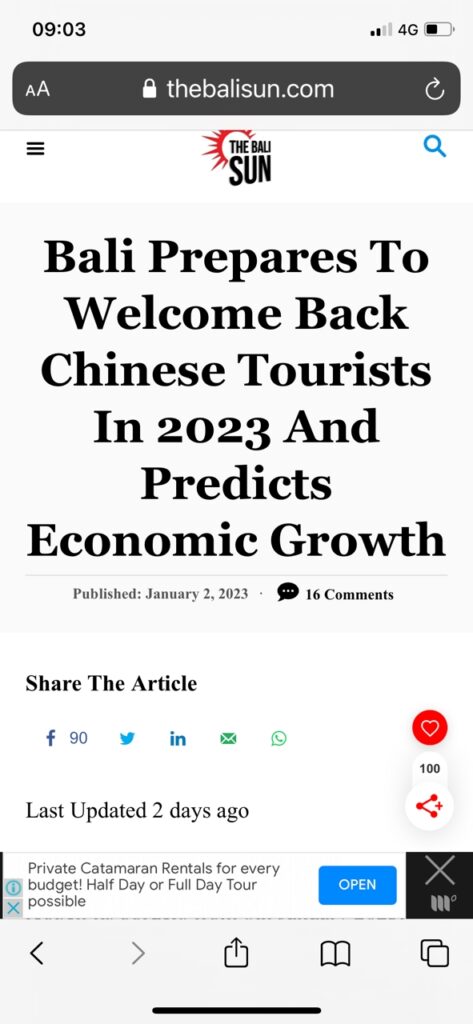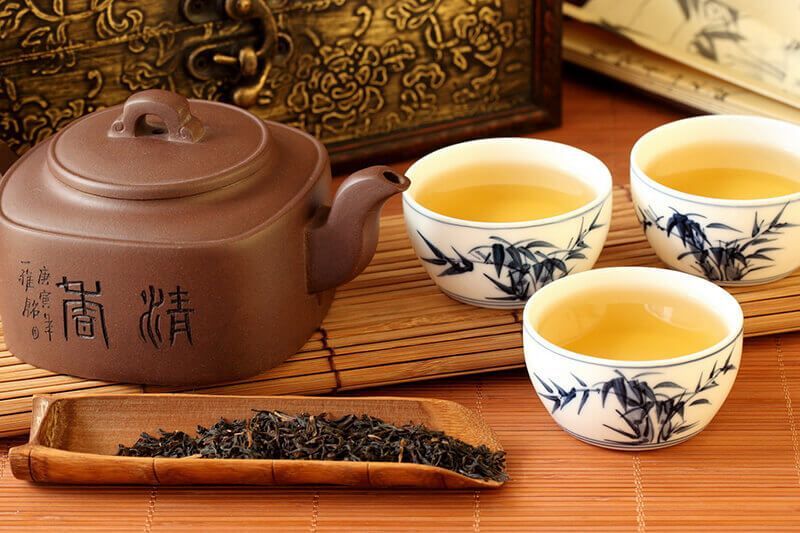
Today’s hot topic is about Chinese tourist from China … Everyone in Malaysia talks about it and all of us has our own opinions. The question is To Accept or Not ??
Before we dive in and answer the question , let’s relax and talk about CHINESE TEA and the relationship between 2 countries .
wait !!!!!…..what Chinese Tea has got to do with the RELATIONSHIP between MALAYSIA and CHINA ?? .. let’s start from beginning :
CHINESE TEA:
In Chinese, the word for tea is “茶” (chá). This character is made up of the radical 艹 (cǎo), which represents grass or plants, and the character 巳 (sì), which is a phonetic component that helps to indicate the pronunciation of the word.
The character 茶 is used to refer to tea in general, but there are also many specific types of Chinese tea, each with its own unique flavor and characteristics. Some of the most well-known types of Chinese tea include green tea, oolong tea, black tea, and white tea. These teas are made from the leaves of the tea plant (Camellia sinensis) and are processed in different ways, resulting in teas with different flavors and aromas.
In Chinese culture, tea is more than just a beverage – it is also an important part of the culture and is often associated with relaxation, socialization, and mindfulness. Chinese tea is typically served hot and is often consumed during social gatherings or as a way to relax and unwind after a long day.
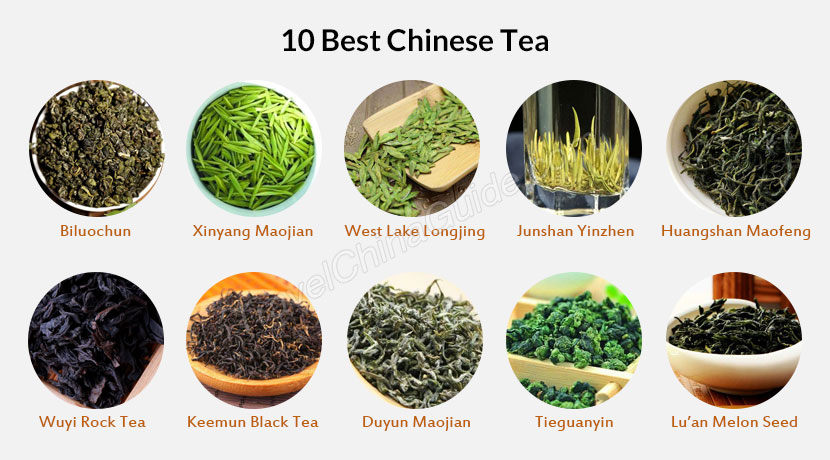
DO you know how Chinese tea has changed the world???
- Tea has played a central role in Chinese culture and society for thousands of years, and it has influenced the development of other tea-drinking cultures around the world
- Tea has been an important commodity in international trade, and the demand for tea has helped to drive economic development in China and other countries that produce tea.
- Tea has been credited with having a number of health benefits, and it is thought to have medicinal properties that can help to improve digestion, reduce stress, and boost the immune system.
- Tea has played a role in the development of social and cultural customs in many countries, such as the British tradition of afternoon tea and the Japanese tea ceremony
. - Tea has been used as a form of currency and has played a role in shaping global political and economic relations. For example, the British East India Company’s monopoly on the tea trade with China played a significant role in the development of global trade routes and the growth of the British Empire.
Since 7th Century ,Chinese tea has a long history of being exported to Europe, and it has played a significant role in shaping global culture and trade.
- The first recorded mention of Chinese tea in Europe is thought to have occurred in the early 9th century, when it was described in the writings of a Spanish bishop.
- Tea became more widely known in Europe during the 16th and 17th centuries, when it was introduced to the continent by way of the Middle East.
- The British East India Company began importing tea from China in the early 18th century, and tea quickly became a popular beverage in the United Kingdom.
- The trade of Chinese tea to Europe increased significantly in the 19th century, and it played a key role in shaping global trade routes and the development of the British Empire.
- Today, China is the largest producer of tea in the world, and Chinese tea is exported to countries all over the world, including Europe.
..but wait !! How the heck Chinese tea brought to europe in 7th Century ???

During ancient times, China was a major producer of tea, and this commodity was in high demand in Europe. Tea was often transported to Europe via the Silk Road, which was a network of trade routes that linked Asia with Europe.
The Silk Road was named for the Chinese silk that was traded along these routes, but many other goods were also exchanged, including spices, glassware, and metal goods. Tea was one of the most valuable and sought-after goods that was traded along the Silk Road, and it played a key role in the development of trade between China and Europe.
One way that tea was transported along the Silk Road was in containers made of tin, which was abundant in Malaysia. Tin was a valuable commodity that was highly prized in China and other parts of Asia, and the metal was often used to make a variety of products, including containers for tea.
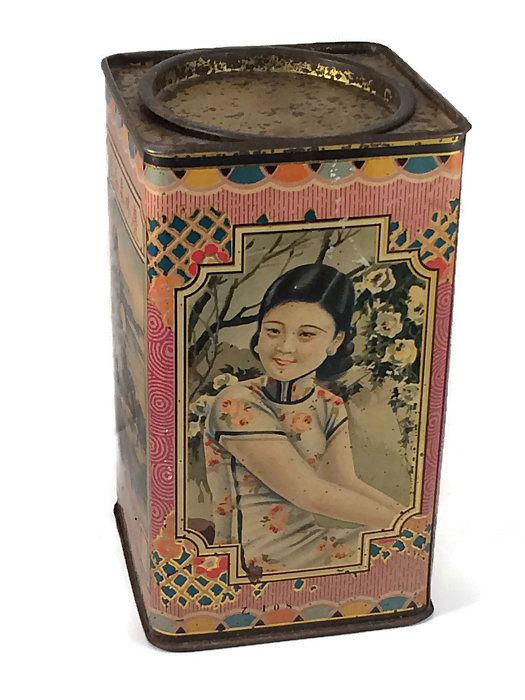
So, in a way, you could say that Malayan tin played an important role in the trade of Chinese tea to Europe during ancient times, as the containers used to transport the tea were made of tin from Malaysia.
… Malaysia plays an important role in exporting chinese tea to Europe since 7th Century
Tea was highly prized in China and was considered a luxury commodity. It was also in high demand in Europe, where it was valued for its flavor and perceived health benefits. Tea was initially introduced to Europe by way of the Middle East, and it is thought that it was later introduced to the continent via the Silk Road.
The Silk Road was a network of trade routes that linked Asia with Europe, and it played a key role in facilitating the exchange of goods, ideas, and cultural influences between these regions. Tea was one of the most valuable and sought-after goods that was traded along the Silk Road, and it is thought to have been introduced to Europe by way of this trade network.
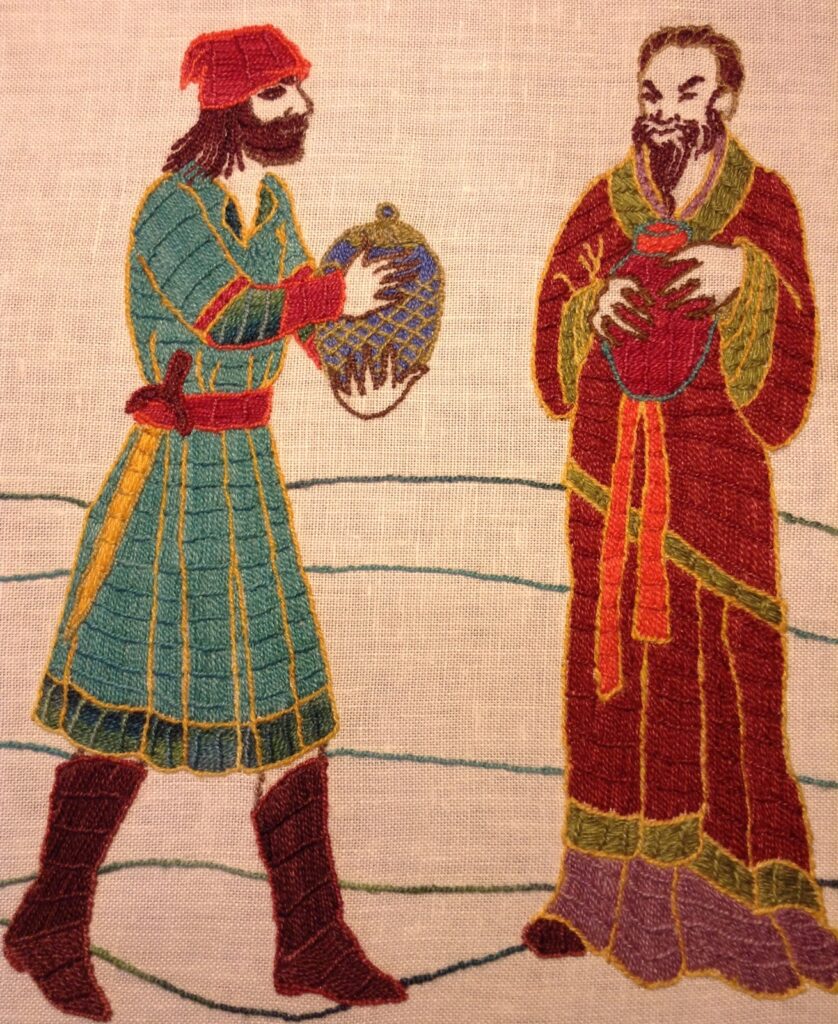
As China exported Chinese Tea since ages , there have been many famous figures throughout history who have been known to enjoy Chinese tea, including royalties and artists.
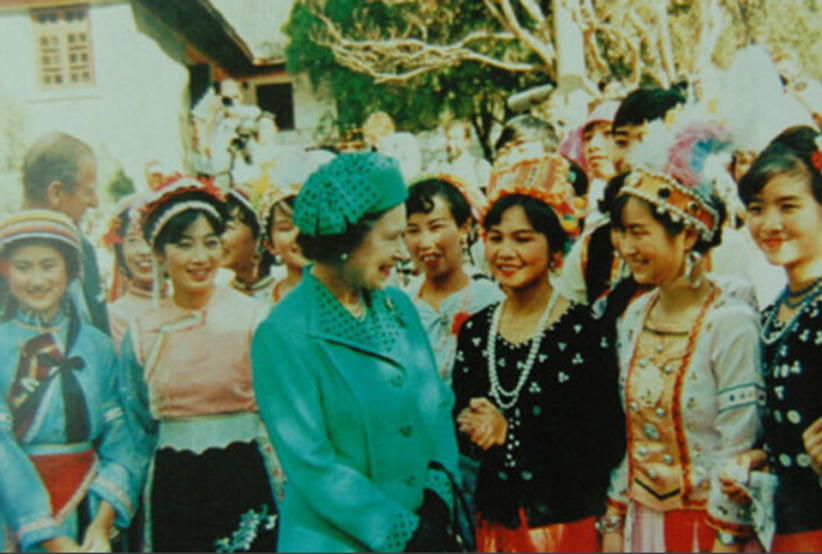
- Queen Victoria of the United Kingdom was known to be a fan of Chinese tea, and she popularized the custom of afternoon tea, which involved serving tea and light refreshments in the late afternoon.
- The French artist Henri de Toulouse-Lautrec was known to be a fan of Chinese tea, and he often included images of tea in his artwork.
- The English poet and playwright Oscar Wilde was known to be fond of Chinese tea, and he wrote about tea in his work, including the play “The Importance of Being Earnest.”
- The Russian writer Leo Tolstoy was also known to be a fan of Chinese tea, and he often drank tea while writing.
- The British statesman and Prime Minister Benjamin Disraeli was known to be a fan of Chinese tea, and he is credited with popularizing the custom of drinking tea with milk in the United Kingdom.
Let’s go back to the subject of relationship between CHINA and MALAYSIA….
One of the earliest known forms of contact between the two regions was through the maritime Silk Road, which facilitated trade and cultural exchange between China and Southeast Asia. During this period, there were also periodic migrations of Chinese traders and settlers to Malaysia, which helped to lay the foundation for the large and influential Chinese community that exists in the country today.
We all know that Malacca was a powerful and influential kingdom located on the western coast of Malaysia. The Sultan of Malacca was the ruler of this kingdom, and he played a key role in shaping its history and development.
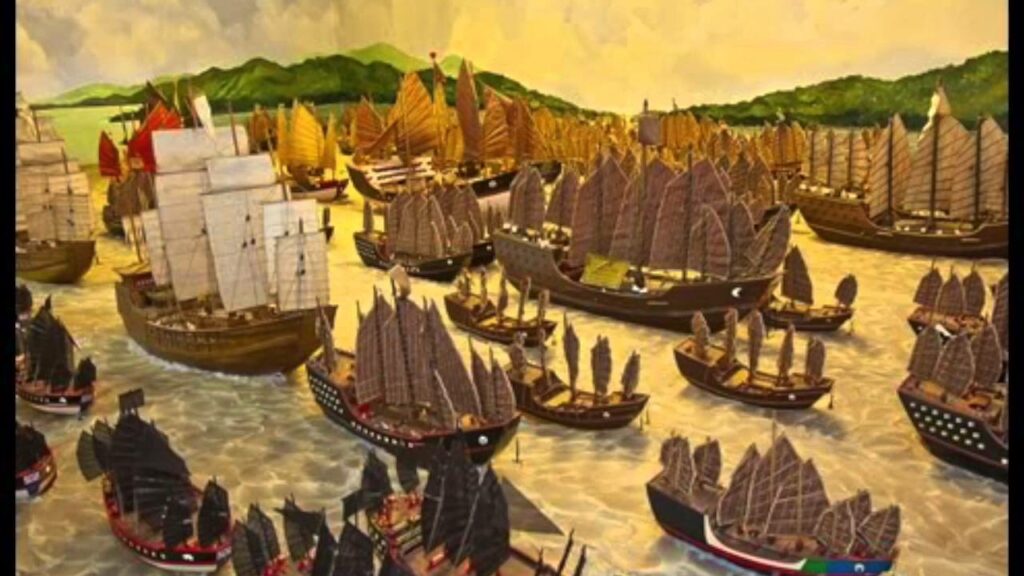

During the early years of the Malacca Sultanate, the kingdom established diplomatic and trade relations with China, which was then ruled by the Ming Dynasty. The Malacca Sultanate was strategically located along the Strait of Malacca, which was an important trade route connecting China with the rest of Southeast Asia. As a result, the kingdom was able to establish itself as a major trading hub in the region, and it attracted a diverse group of merchants and traders from around the world, including China.
It is clear that the Malacca Sultanate and the Ming Dynasty had a significant and mutually beneficial economic relationship, with trade playing a key role in this relationship.
Many years after that , Malaysia and China established diplomatic relations on May 31, 1974. Prior to this, Malaysia was a part of the British Empire, and relations between the two countries were largely mediated through the United Kingdom.
After Malaysia gained independence from the United Kingdom in 1957, it began to establish diplomatic relations with other countries around the world, including China. In 1974, the two countries officially established diplomatic relations, and since then they have engaged in a range of economic, cultural, and political exchanges.
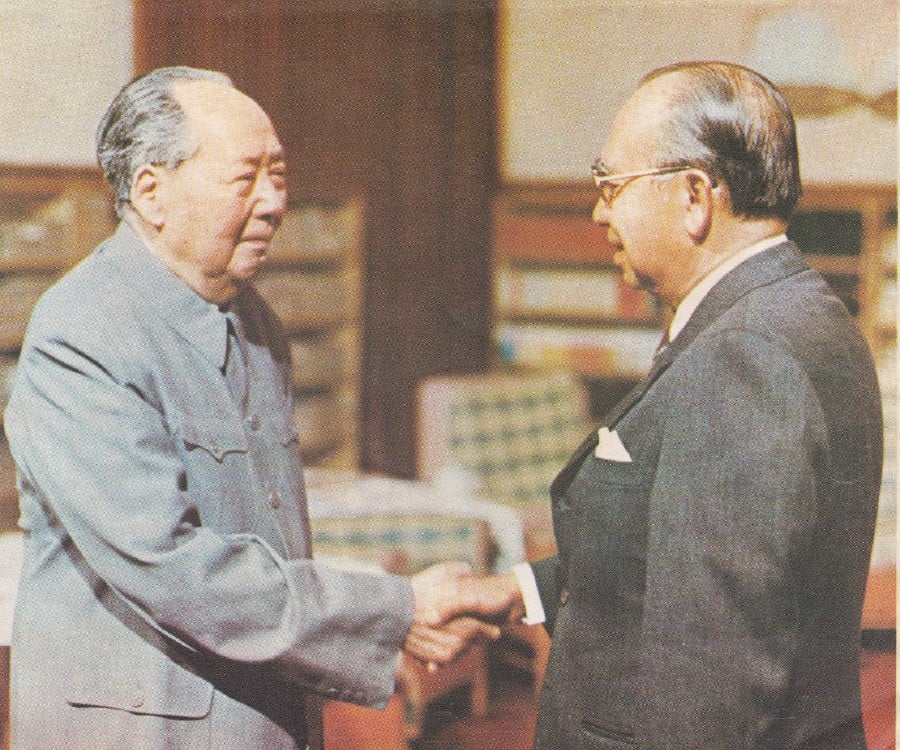
Over the years, the relationship between Malaysia and China has evolved significantly, and the two countries have a strong and multifaceted relationship that has been mutually beneficial. China is now one of Malaysia’s largest trading partners and is also a significant source of tourists for the country.
In modern times, the relationship between China and Malaysia has evolved significantly. Malaysia gained independence from the United Kingdom in 1957, and since then the two countries have established diplomatic relations and have engaged in a range of economic, cultural, and political exchanges. China is now one of Malaysia’s largest trading partners and is also a significant source of tourists for the country.
Tourism is an important contributor to Malaysia’s economy, and China is a significant source of tourists for the country. According to data from Malaysia’s Ministry of Tourism, Arts and Culture, China was the largest source of tourists for Malaysia in 2020, with 3.1 million visitors. This represented a significant portion of Malaysia’s total tourist arrivals for the year, which were approximately 26 millions.
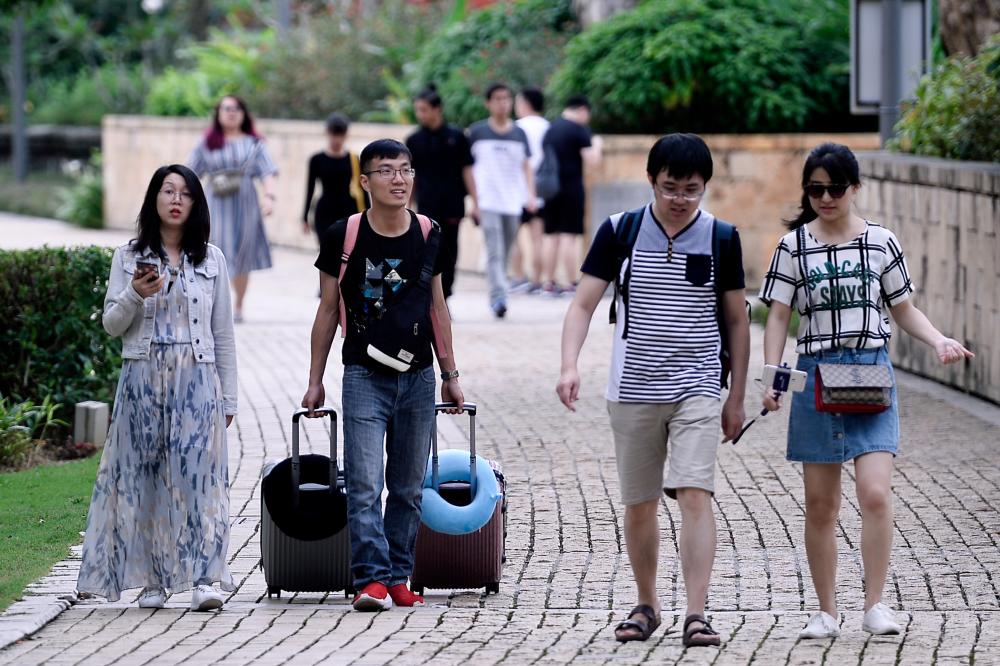
Tourism can have a range of economic impacts, including generating income from the sale of goods and services, creating employment opportunities, and promoting the development of infrastructure. In Malaysia, the tourism industry is estimated to contribute about 14% of the country’s gross domestic product (GDP).
The economic relationship between Malaysia and China goes beyond just tourism. China is also a major trading partner for Malaysia, with bilateral trade between the two countries totaling $103.6 billion in 2020. Malaysia exports a range of goods to China, including electrical and electronic products, palm oil, and rubber, while importing a variety of goods including mechanical and electrical products, textiles, and iron and steel products.
Overall, the economic relationship between Malaysia and China is important and multifaceted, with tourism being just one part of the equation.

China recently announced that it will ease its overseas travel restrictions from Jan 8, which could mean a return of Chinese tourists to the world’s major tourist destinations. Many destinations and markets have long been waiting for the arrival of China tourists, most of whom are considered the big spenders in travel – Malaysian Inbound Tourism Association (MITA) is already expecting about a million tourists from China in 2023 and the Ministry of Tourism of Malaysia is expecting 6 million Chinese tourist this year which will earned Rm 15.3 billion in revenue .

Singapore and Malaysia are two hot travel destinations for Chinese outbound tourists. In 2019, there’s a total of 3.4 million Chinese visitors to Singapore with average spending of $2,971 US dollars per trip, and 3.04 million to Malaysia with average spending of $956 US dollars
…so there you go guys , China tourist is important to Malaysia. According to Malaysia’s Tourism Minister , Datuk Seri Tiong King Sing , Malaysia will lose our on at least Rm 30 billion in tourist dollars this year if it discriminates visitors from China (NST Jan 5th)


According to the article of Thailand Business News dated 5th January 2023 , officials in Thailand are now anticipating an influx of visitors from China this year . According to Thailand Business News , around 50,000 tourists from China are expected to visit Thailand in January 2023 . The number is expected to reach 300,000 per month in the first quarter , provided that more flights resume while the overall visitor number from China visiting Thailand is expected to be around 5 million which is less than the pre- pandemic number of 11 million.
I strongly believe if we don’t welcome the Chinese tourists, other countries like Thailand , Indonesia, Vietnam and Cambodia will benefit from it and welcome them in open arms.
Agree or not , let’s enjoy a cup of hot Chinese tea
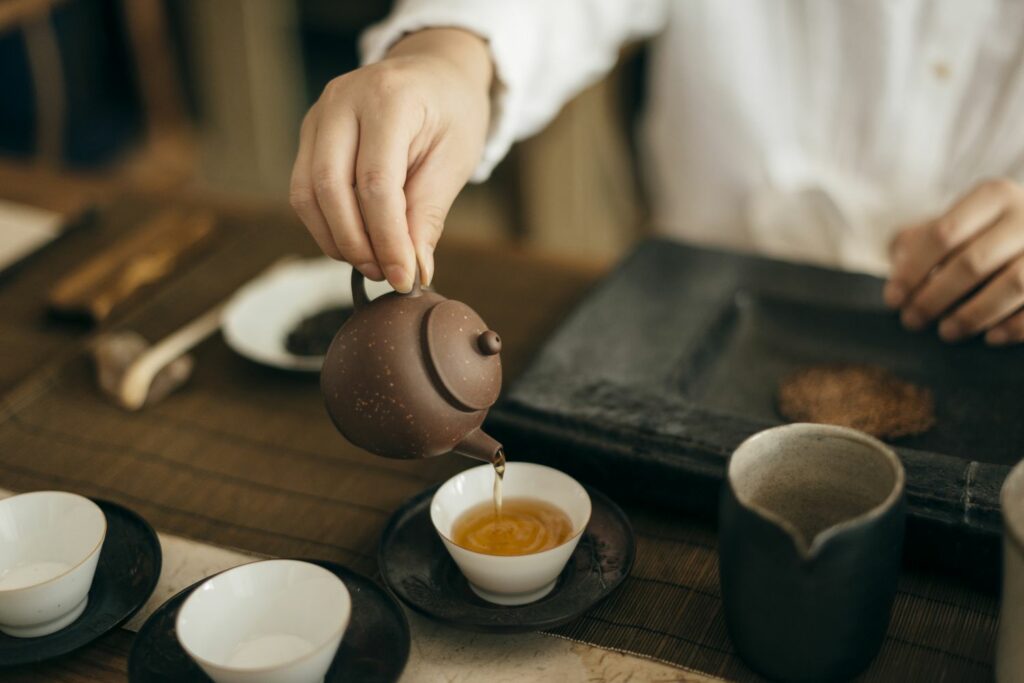
… meantime news in our neighbouring countries :
